Show:
7 Creative Ways to Get More Customers with Instagram Stories
From the moment Instagram added stories to their platform, the feature enjoyed tremendous popularity—not just among personal users, but with brands and businesses too . Stories have proven effective at driving off-platform purchases, while increasing brand recall and message association overall (source: Ad Espresso).
This efficacy is partly due to stories’ various features. Drag-and-drop stickers and CTAs make it easy to get click throughs. Pinning story archives to your profile makes it possible to turn fleeting stories into evergreen content.
Food being one of the mainstays of Instagram feeds, it should be no surprise that restaurants and other food purveyors have made the most of this. Here are some ideas to get you started.

Tutorials or Guides
Instructional videos are consistently among the most popular video content across various platforms. Stories are especially good for this, since you can upload each step as a separate clip — in effect, making a guide that users can tap to skim through.
Eat By Chloe, a chain of plant-based restaurants, provides vegetarian recipes their followers can use for home cooking. There are other approaches you can take, of course: You could offer tips on how to use your menu items in other dishes, or simply provide suggestions for reheating, storing, or spicing up popular delivery items.
Images from by CHLOE. (@eatbychloe)
Virtual Menus or Tours
Retailers can use stories to offer virtual tours of their stores. As with guides, these videos benefit from the fact that users can tap through different video clips to skim a brand’s selection. You can use this to provide a visual sampler of your menu, or shine the spotlight on signature dishes.
You can also offer virtual tours of your premises, especially if you’ve made any changes based on your area’s public health policies on indoor dining. Another common use of stories is providing directions, such as video clips that show how to reach your store from nearby landmarks.
Play Around
Games, quizzes and other forms of amusement are a good way to catch people’s attention. Established brands sometimes use trivia quizzes to entertain. In other cases, restaurants might use a series of in-story polls to gauge a user’s preferences, then recommend them something (e.g. “if you picked mostly A, you should order…”)
Several fast-food chains offer good examples of embracing similar digital diversions. Dunkin has a camera filter which layers a randomized food item over a user’s face — providing some quick amusement while prompting cravings along the way. On the other hand, Wendy’s has replaced the color-in placemats some restaurants used to have with an archive of virtual coloring book stories.
Images from Wendy’s 🍔 (@wendys) and Dunkin’ (@dunkin)
Plug Longer Content
Swipe-up and button CTAs make it easy to link from stories to external content. You can use this to direct traffic from Instagram toward your website or blog. Use an Instagram layout app to create a few eye-catching templates, and you can use stories to regularly promote content from your other platforms.
Taco Bell, for example, uses stories to link to their blog posts, which run the gamut from amusing to informative.
Images from Taco Bell (@tacobell)
Reviews and Feedback
Stories are a great way to feature reviews, feedback and other social proof. Putting them in an archive makes it easier for potential customers to find it on your profile.
Better still, stories allow you to make use of both short- and long-form reviews. You can feature quotes and screenshots, or prompt users to swipe for in-depth assessments.
There’s more than one way to feature feedback. Screenshots of reviews (formatted for impact) are a tried and tested method. Even better: look for coverage of your brand that’s already laid out to catch eyes — as Seattle-based June Baby demonstrates with an article featuring their head chef.
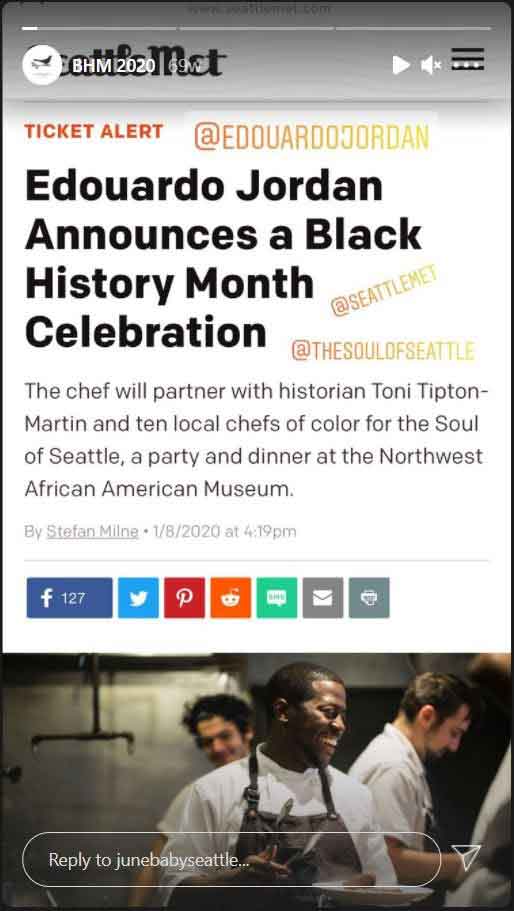
Image from JuneBaby (@junebabyseattle)
Lean Into Your Category
Sometimes, the content you find is better than what you’d be able to come up with on your own. If your business happens to be in a space with lots of ardent—if unconventional—fans, you can always lean into it and fill your stories with found content. (Just be sure to give credit and get permission.)
Below, Totinos makes the most of the odd online culture surrounding pizza rolls (which they sell).
Images from Pete Zaroll (@totinos)
Or Whatever Else Comes to Mind
Stories are perceived to show the more “authentic” side of Instagram, capturing users’ lives in the moment, rather than behind layers of edits and filters. That’s usually a misconception—but not always.
If none of these ideas seem to work for you, consider featuring snapshots of your daily life. People are often interested to see what goes in in the work of a chef, barista or restaurateur. Your daily experiences and thoughts may be just the thing to get customers clicking.

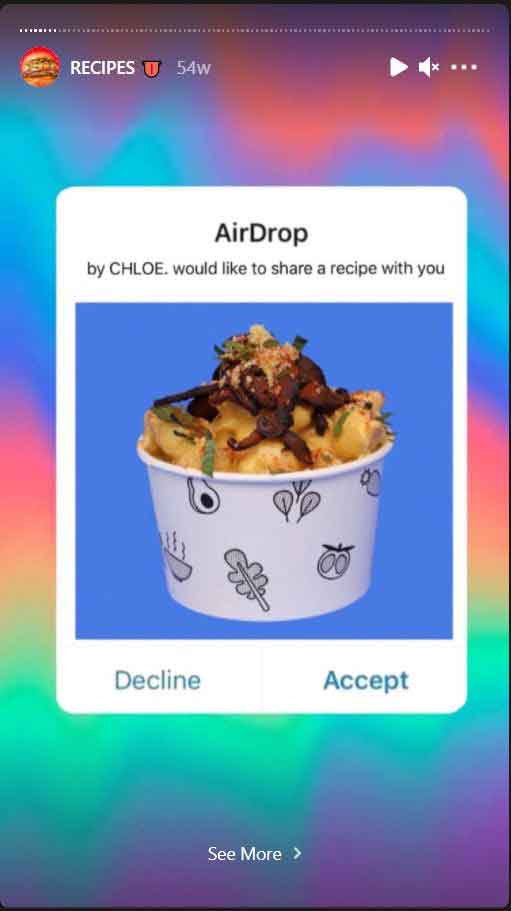
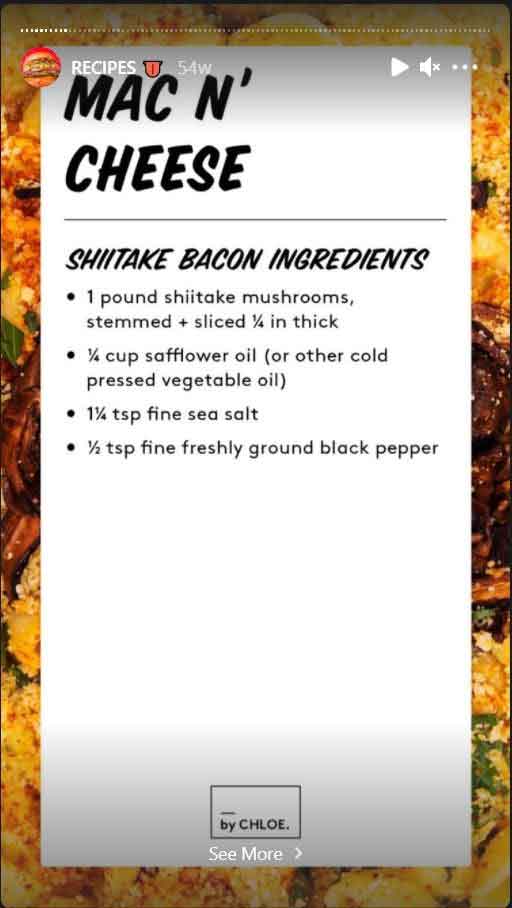
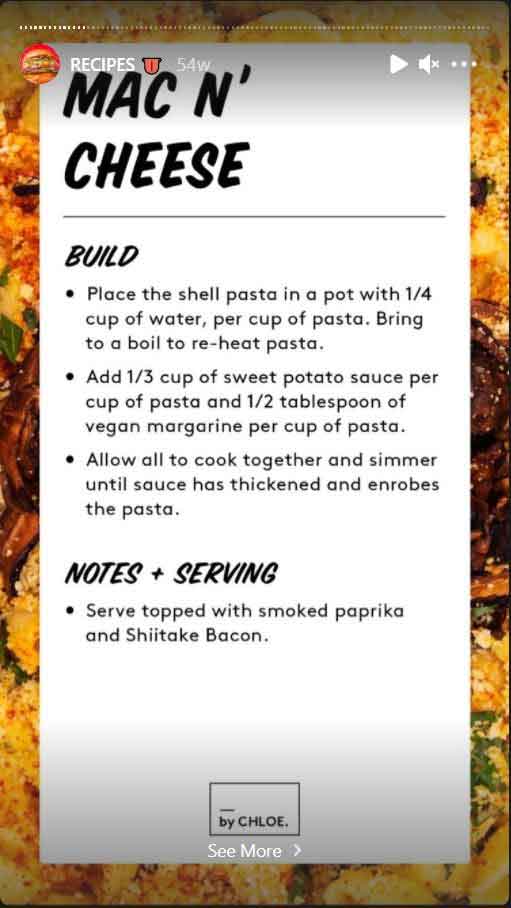
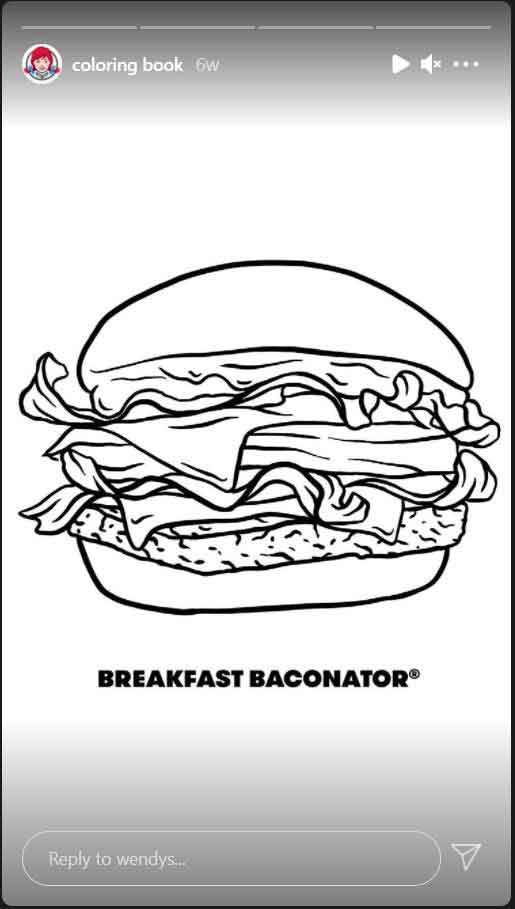
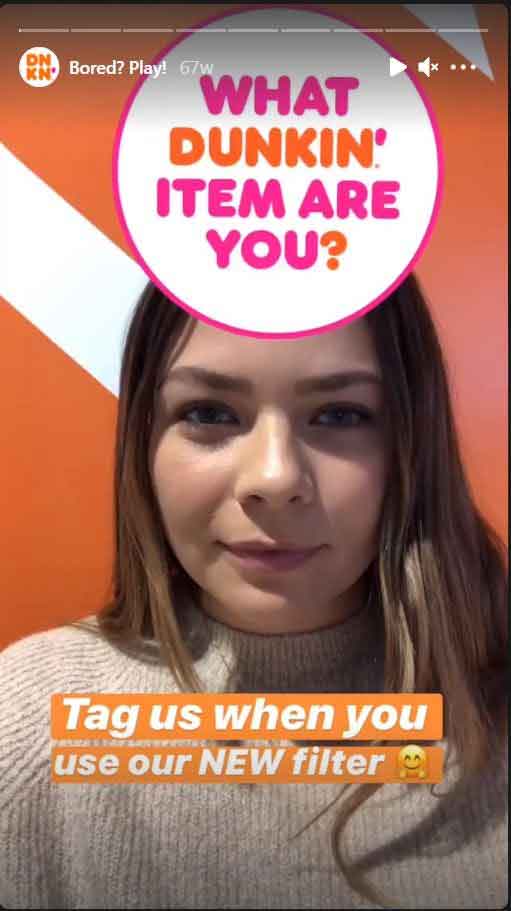
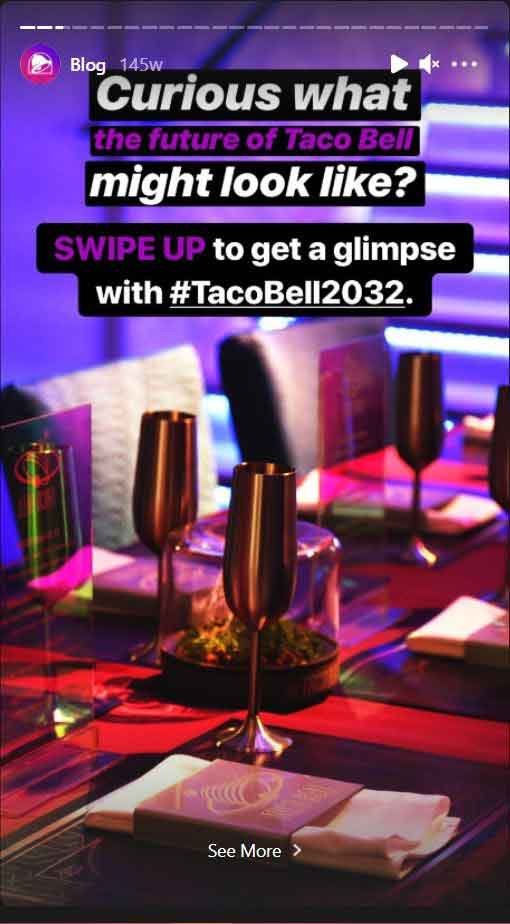
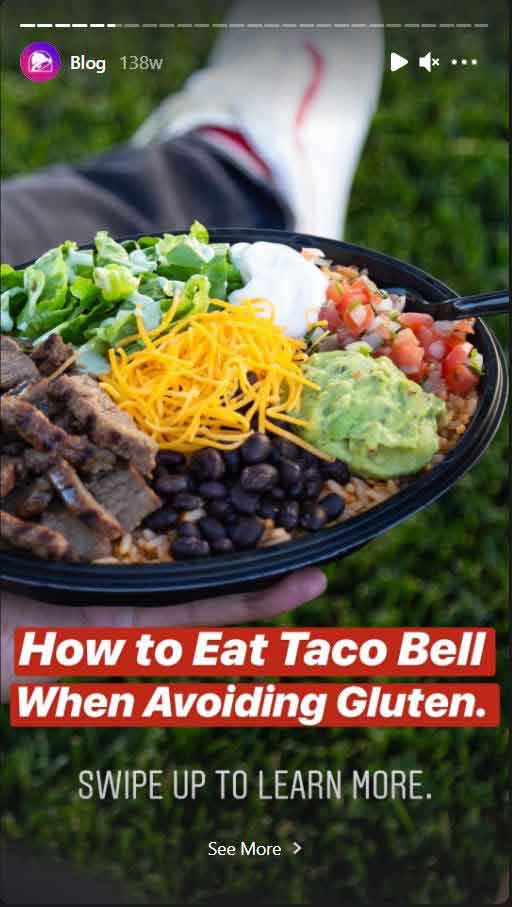



 Return to Previous Page
Return to Previous Page








